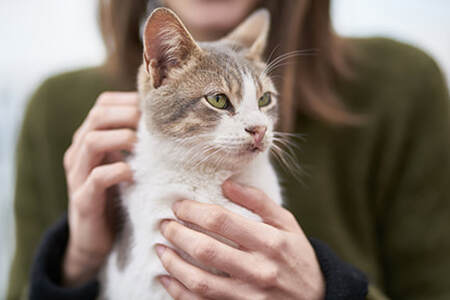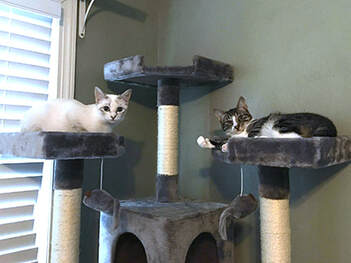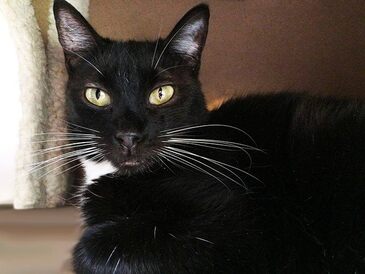
Confronting the global pandemic and how it’s affected our daily lives is being compounded by the challenge of separating fact from fiction. Whether you’re now working from home, self-isolating or even ill with COVID-19, here’s what you should know about the novel coronavirus and your cherished kitties.
According to the experts, you CANNOT catch COVID-19 from your cats nor can you give it to them. The web site of the Centers for Disease Control and Prevention states: “At this time, there is no evidence that companion animals, including cats, can spread COVID-19.” One caveat: until more is known about this particular virus.
According to a vet with the American Veterinary Medical Association, there have been no cases of cats testing positive for or showing signs of the disease. And although there is a coronavirus specific to cats, it isn’t contagious to humans.
Are you self-isolating and symptom-free? Some authorities suggest stocking up on two weeks worth of food, medications, paper products and sanitizing supplies for yourself and the same amount of food, cat litter and other items for your kitty. Other crisis response experts, however, urge stocking up on at least a month’s worth for both of you. Why? Not only because of the unfortunate reality of hoarding and empty store shelves, but the possibility of your exhibiting symptoms only towards the end of your self-isolation.
If, however, you’re sick with COVID-19, you should restrict contact with your cat just as you should restrict contact with every other member of your household. Avoid petting and snuggling your cat, being kissed or licked by her, and sharing your food with her. Wash your hands before and after you interact with her and wear a facemask.
Why? If you sneeze or cough on your cat and someone in your home pets her, that person could potentially pick up the infection. While the CDC hasn’t YET recorded any cases of this happening, they still recommend exercising an abundance of caution. When in doubt, have a healthy person in your household be your cat’s primary caregiver temporarily (if you live alone, ask a family member or reliable friend to act on your behalf). Being sick is NO reason to either surrender or abandon her!
If you’re ill and your cat has a non-urgent, wellness appointment with the vet, call your vet, explain the situation and reschedule your appointment. Even if you’re not ill, err on the side of caution, and call your vet to reschedule the visit anyway. If, on the other hand, you’re ill, quarantined, and your cat needs urgent veterinary care, contact your vet and your public health officials so that she can receive the attention she requires (this is where your kitty’s temporary guardian comes in) while you remain in quarantine.
For more information on this continually evolving situation, visit the Centers for Disease Control web site at: https://www.cdc.gov/coronavirus/2019-ncov/whats-new-all.html











 RSS Feed
RSS Feed